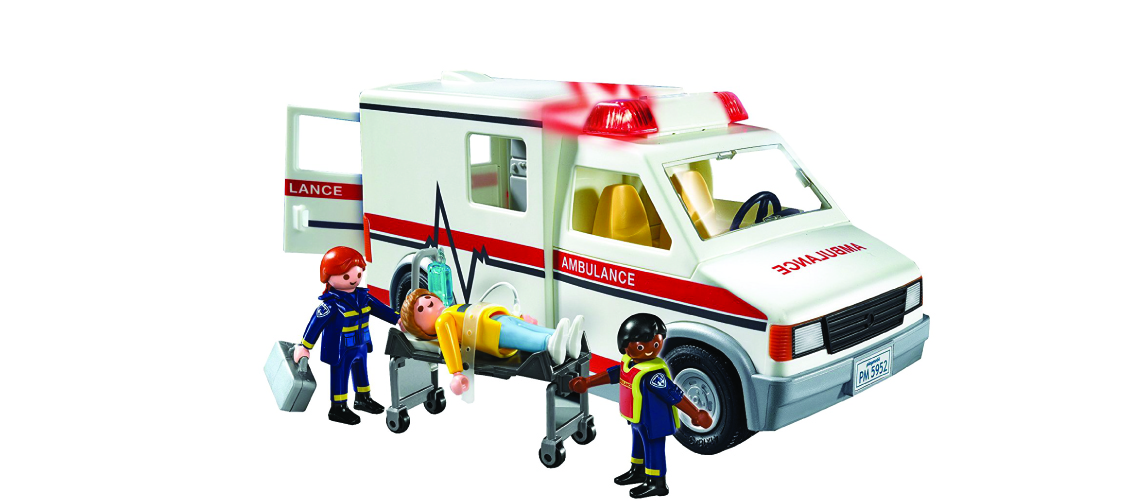
8 Tips for Safe Medical transportation of the Children
The cases of medical transportation of children are not as common as the cases medical transportation of the elders. Describing or defining the inappropriate practices and procedures during a medical transportation of the children is challenging in many cases, as there is no sufficient data available on this aspect of ambulation.
Though there are no certain parameters for safe medical transportation of the children, the gap is being fulfilled by the experience of the paramedics on board, thanks to their insights and medical knowledge that come in handy during the medical transportation.
The regular ambulance practices for a child, are not as same as the adult transportation procedures. The lurid factor is that only a very few EMS specialists know or possess experience in emergency and non-emergency medical transportation of the children.
There are few modifications that need to be made when the ambulance is transporting a child. The monitoring equipment and the bed need to be adjusted for the child’s transportation. These modifications need to address the unique transportation challenges of the children who are in various health conditions such as injuries, emergency medical care and non-emergency medical needs.
Here are 8 tips that you need to follow while transporting a kid or a neonatal to a hospital.
Make Use of Child Restraints – A fast-moving ambulance can cause physical damage to the child if the Child Restraints are not being used. Ensure the children are safeguarded with the help of child restraints.
Avoid Carrying the Child in Hands – The neonatal and children should not be carried in hands inside the ambulance. Children being held in arms or lap causes physical damage not only to the injured kid but also the person who is holding the kid.
Dedicated Features – An ideal ambulance for a child’s transportation possess the medical features such as an isolated gurney, the inverter for the functionality of the medical equipment, specialized pediatric vital monitoring equipment and the equipment that is necessary to initiate the hypothermic protocols.
Secure the Monitors – Ensure to secure all the monitoring systems and the other medical equipment when they are being used for a child.
Say No to Unrestrained Transportation – Make sure the parent who is accompanying the child is retrained too. Ensure their seating position is not obstructing the medical professionals from attending the child on board.
Adjustable Child Restraints – Make sure the restraint that is available in the cabin is adjustable based on the age of the child. Also, regularly check and ensure the belts of the restraints are getting fastened properly.
Compatible Medical Equipment – Few medical equipment on board may not be compatible with the children such as the general oxygen masks, needles and tubes. Ensure equipment such as specialized respirators, tiny needles, masks and tubes are present in the vehicle to address any emergency situation.
Experience Medical Crew in Pediatrics – Make sure the ambulance has medical professionals who are experienced in pediatric medical transportation as the health needs of children are way different than the ones of elders.
Medical transportation of the children is tricky and only the ambulance providers who are experienced in neonatal transportation could be able to do the job for you. The health needs of children need to be addressed in a different way altogether. The experience and the skill of the paramedics and the ambulance staff on board plays an important role in the safe medical transportation of the children.


